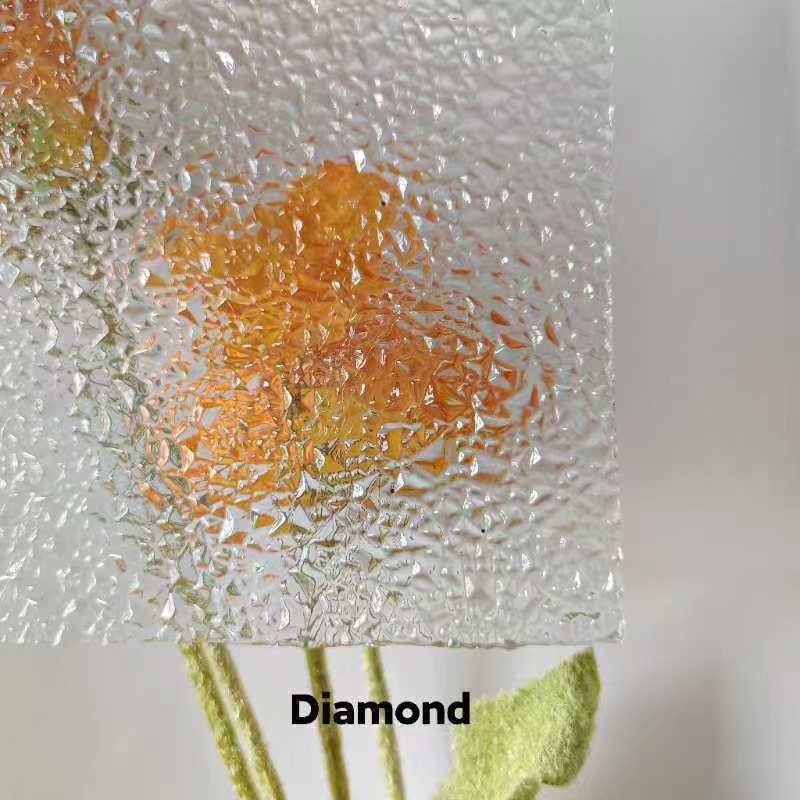

Understanding the Cost of Tempered Glass Factors and Considerations
Tempered glass, also known as toughened glass, has gained immense popularity in various industries due to its strength and safety features. It is manufactured through a process of extreme heating and rapid cooling, which makes it much stronger than regular glass. However, one of the main considerations for anyone looking to use tempered glass—whether for residential, commercial, or industrial applications—is its cost. Understanding the factors influencing the cost of tempered glass can help consumers make informed decisions.
1. Manufacturing Process Costs
The production of tempered glass involves several steps, each contributing to its overall cost. The glass must first be cut to size and then heated in a furnace to temperatures exceeding 600 degrees Celsius. This heating process is crucial for reconfiguring the internal structure of the glass. After heating, the glass is rapidly cooled using air jets. This process, while ensuring enhanced durability and safety, is energy-intensive and requires specialized equipment. Consequently, the manufacturing costs are relatively high compared to non-tempered glass.
The quality of the tempered glass can significantly affect its price. Higher-quality materials, such as those certified to meet specific safety standards (like ANSI Z97.1 or ASTM C1048), typically cost more. Additionally, the thickness of the glass is a crucial factor. Standard thicknesses for tempered glass range from 3mm to 19mm or more, with thicker glass generally commanding higher prices due to the added material and strength. Choosing the appropriate thickness for your project can thus have a substantial impact on overall costs.
3. Customization and Finishes

Another key factor that influences the cost of tempered glass is customization. Many consumers opt for unique designs, sizes, or finishes, such as frosted, tinted, or laminated options. Each of these customizations can add to the base price of the tempered glass. For instance, patterned or colored glass often incurs additional costs due to the extra processes involved in manufacturing. Therefore, when planning a project, it’s essential to consider how much customization you require and how it will affect your budget.
4. Installation Costs
Beyond the material cost, the installation of tempered glass should also be factored into the overall expense. The installation process can be complex and often requires skilled labor, especially for large or heavy glass panels. This might include frame construction, supports, and sometimes even structural modifications to buildings. For example, using tempered glass as part of a storefront or large window requires professional installation to ensure safety and effectiveness. Therefore, it is advisable to obtain quotes from contractors and add these costs to the total budget.
5. Market Trends and Supply Chain Issues
The cost of tempered glass can also fluctuate based on market trends and supply chain issues. For instance, global events that affect the supply of raw materials or increase transportation costs can lead to higher prices. Additionally, market demand can play a significant role; during construction booms or renovations, the demand for tempered glass may rise, causing prices to increase. Being aware of these market dynamics can help consumers plan their purchases more strategically.
6. Conclusion
In summary, while tempered glass offers numerous benefits in terms of strength, security, and aesthetics, its cost is influenced by a variety of factors. These include the manufacturing process, quality and thickness, customization, and installation requirements. With the right information and careful planning, consumers can effectively navigate the costs associated with tempered glass, ensuring they make choices that align with both their aesthetic and budgetary needs. Whether for a stunning glass railing, a protective storefront, or stylish bathroom enclosures, understanding these elements will empower you to make a sound investment in tempered glass products.